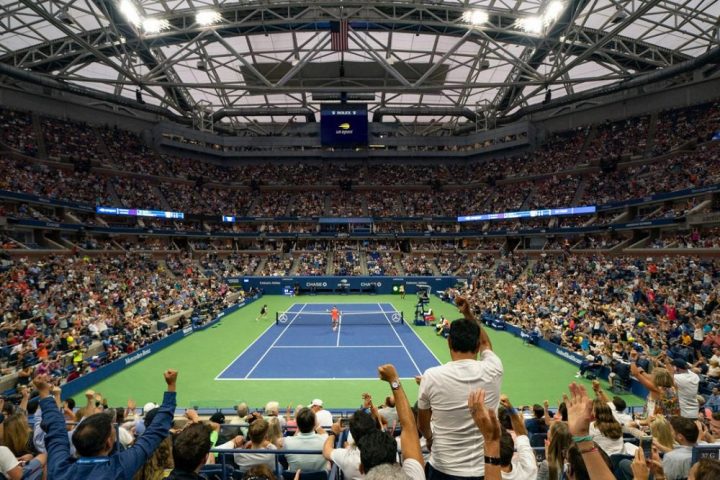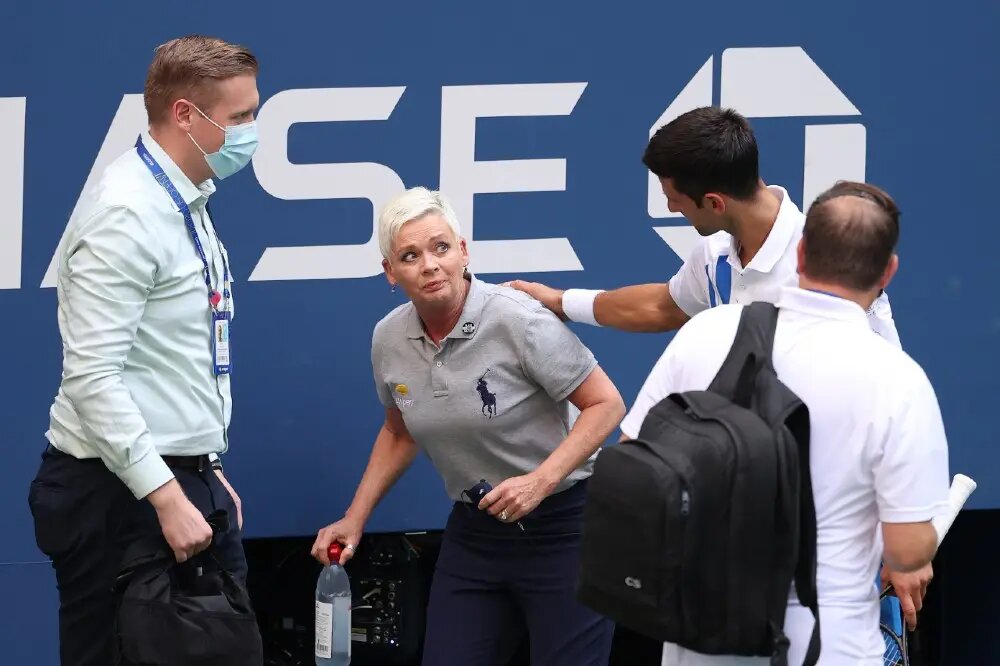Doubles To Forget…
Serving wins and loses matches. It always has and always, within reason, will. In As mentioned above, Trevisan downed Gauff in three sets. What was more amazing then the surprise victory was that the 16-year-old from Florida contributed 19 double faults to her opponent’s point total (in one instance, she double-faulted away an entire service game).
As staggering as that number is, it doesn’t match Mariam Bolkvadze accomplishment at the $100,000 Dubai Challenger in December. In the first round, the Georgian had 22 double-faults in a set against Lidziya Marozava of Belarus but won the match 6-3, 7-6. The lefthanded Bolkvadze wasn’t as fortunate in the second round against Mika Dagan Fruchtman of Israel. She lost 7-5, 2-6, 10-8 and added 17 double faults to her tournament total.
While these figures are astounding, a glance through the tennis record book reveals an even more remarkable “double fault” showing. At the 1999 Australian Open, Anna Kournikova of Russia played Miho Saeki of Japan in the second round. The 17-year-old Russian won the match 1-6, 6-4, 10-8 but there was more to the score. Over all, there were 21 service breaks and the two players combined for 149 unforced errors…and Kournikova had contributed 31 double faults. (She eventually lost in the fourth round to Mary Pierce of France in the singles, but she teamed with Martina Hingis when she claimed her first Grand Slam doubles title.)
Make The Change…

Hawk-Eye Live made an electrifying debut at the US Open. The electronic line-calling method was used on all but Arthur Ashe and Louis Armstrong Stadiums. On the outside courts, lines-people were not needed. There was a chair umpire, but “The Hawk” made the calls and “it” was the final word. (Imagine trying to argue with a decision announced by a “Tennis Siri”.)
During the first week of the tournament, James Japhet, the managing director of Hawk-Eye North America said, that at that time, 225,000 calls had been made and there were only 14 errors, which “isn’t too bad.” (In real terms, that is less than one-tenth of a percent.)
So, why wasn’t Hawk-Eye Live on all the courts? As Randy Newman sang in his “Land of Dreams” album in 1988, “It’s Money That Matters”. Tournament Director, Stacey Allaster admitted that sponsorship agreements were one of the reasons for maintaining the status quo, keeping lines-people on Ashe and Armstrong… (Perhaps Ralph Lauren, the company that “kitted out” the officials and ball people on the courts may have been at a loss to figure out what shirt size Hawk-Eye Live might need to wear.)
Roland Garros adhered to its tried and true tradition and relied on chair umpires who climbed down from their towers and paraded across the court to find a mark somewhere near where the shot that was being questioned had landed. Not only is the “tradition” time consuming, many top-players want the tournament to move into the modern age when it comes to officiating and use Hawk-Eye Live. Holding strong, the tournament’s attitude toward making the change is “nous verrons…” (We will see…)






